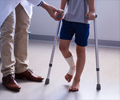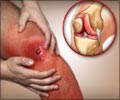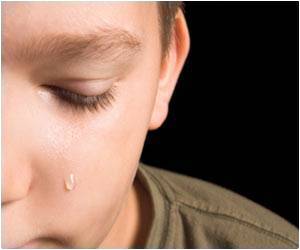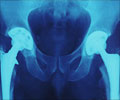Perthes disease, developmental dysplasia, and septic arthritis are common childhood hip conditions that may require prompt attention.
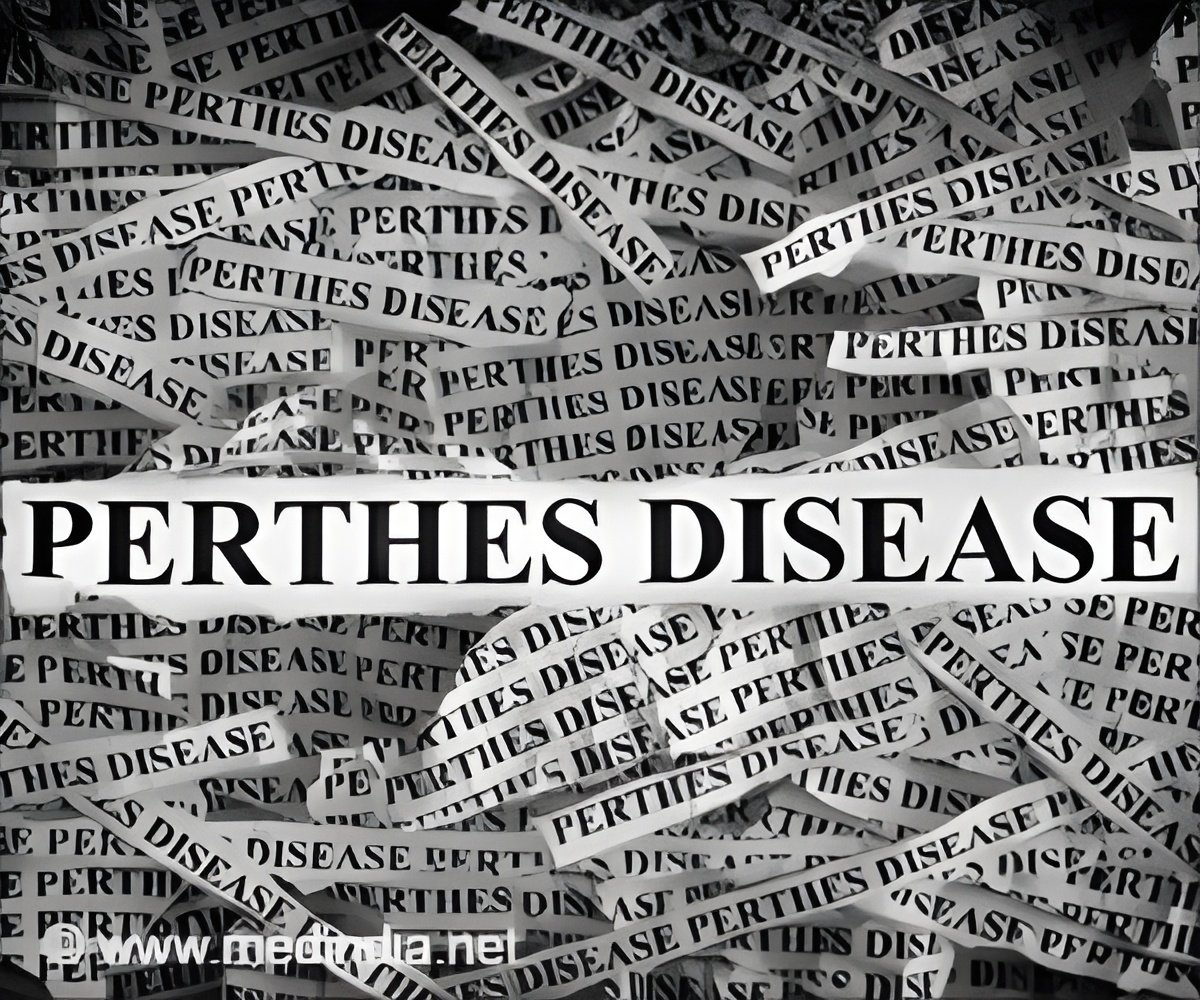
- Perthes disease can lead to the collapse of the femur head, requiring surgery if not treated promptly
- Developmental dysplasia affects hip positioning and can be treated with plaster and belts if detected early
- Septic arthritis in children, often under 2 years old, can lead to hip joint problems and reduced mobility
What is Perthes Disease?
Perthes disease develops when the bone of the head of the femur (the ball of the ball-and-socket joint of the hip) gradually collapses (1✔ ✔Trusted SourceLegg-Calvé-Perthes disease overview
Go to source), necessitating surgery if treatment is delayed, according to experts at POSUPCON-2023, a conference on pediatric bone health organized by the department of orthopedics at Ram Manohar Lohia Institute of Medical Science (RMLIMS). Dr. Abhishek Saha of the Institute of Child Health, Kolkata Medical, revealed that they meet approximately 15-20 such kids each month. “Often, kids aged between three and 11, get injured while playing and parents ignore symptoms. Eventually, when the blood supply to the rounded head of the femur (thighbone) is temporarily disrupted, and the bone cells die, they come to us. At this stage, surgery is the only option. Surgery also has a poor outcome in those above eight years,” he added.
What is Developmental Dysplasia?
Meanwhile, Dr. Prabhat of RMLIMS's pediatric orthopedics department revealed another congenital hip issue in children termed developmental dysplasia, which affects one in 1,000 children and causes the child's hip to slide below normal (2✔ ✔Trusted SourceDevelopmental Dysplasia of the Hip
Go to source).
“If a parent finds that a child’s hip makes a popping or clicking sound that is heard or felt, his legs are not the same length, or one hip or leg doesn’t move the same as the other side, they should immediately visit an orthopedician because if detected within six months, it can be cured by applying a plaster with the help of a belt for 18 months. However, if the disease is detected after that, surgery is required,” he said.
What is Septic Arthritis?
According to Dr. Amaar Aslam of Lucknow, underweight children, particularly twins or triplets, or those who have been in the intensive care unit, are more prone to develop a hip infection known as septic arthritis. This is due to a weakened immune system (3✔ ✔Trusted SourceSeptic arthritis in children
Go to source).
“If septic arthritis is not treated right away, the joint can start to form and the child’s hip movement can decrease. This is most common in children under 2 years old,” he added.
References:
- Legg-Calvé-Perthes disease overview - (https://pubmed.ncbi.nlm.nih.gov/35292045/)
- Developmental Dysplasia of the Hip - (https://pubmed.ncbi.nlm.nih.gov/33085304/)
- Septic arthritis in children - (https://pubmed.ncbi.nlm.nih.gov/25901405/)
Source-Medindia

